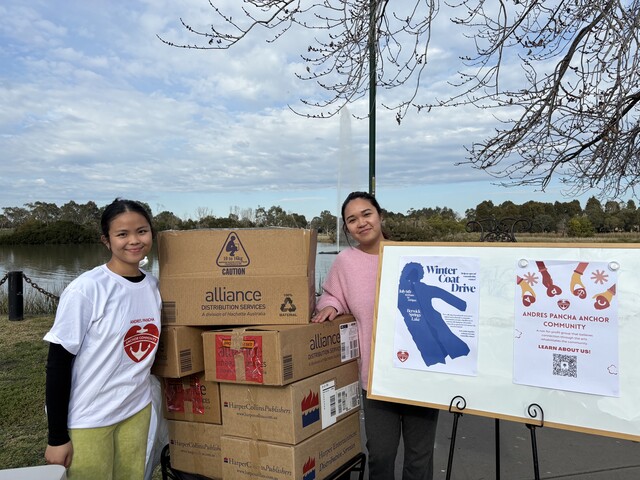As Lifeline prepares for its busiest time of year, Australians are being encouraged to take time out to plan for how they will cope with challenges over the holiday period and consider whether they – or someone they know – might need additional support.
Lifeline CEO Colin Seery said the high volume of people reaching out for help this time of year can reflect increased personal stressors in the community, such as heightened financial pressures, increased family conflict, loneliness and isolation or the grief of having lost a loved one.
“The holidays are a significant time of the year for people who need our help. This period can be an emotional and psychological minefield for those of us who have experienced loss, grief, struggle, isolation and pain,” he said.
“The idea of togetherness traditionally associated with holidays can also exacerbate the intense loneliness many people feel.
“Even those of us who are in a position to gather with friends or family find that it can bring its own set of challenges – family turmoil, the weight of expectations, old wounds and disappointment.
“As we approach what we expect will be some of the busiest weeks in our history, we are preparing for daily peaks of up to 4,000 contacts across our 24/7 telephone crisis line, webchat and text services.
“It is really important that no one feels they have to face this holiday season alone. Please, if you feel you need support, reach out to someone you know or call Lifeline. Our Crisis Supporters will continue to be available on our 13 11 14 phone service as well as our text and chat channels, 24 hours a day, seven days a week.
“So, whether it’s 3am on Christmas Day, or 11pm on New Year’s Eve, please know that Lifeline will be ready to listen and support you.”
To ensure Lifeline has enough crisis counsellors available around the clock to support people in need, the organisation considers historical call number patterns as well as average call lengths and recently observed trends. Contact volumes traditionally peak at approximately 5% to 6







